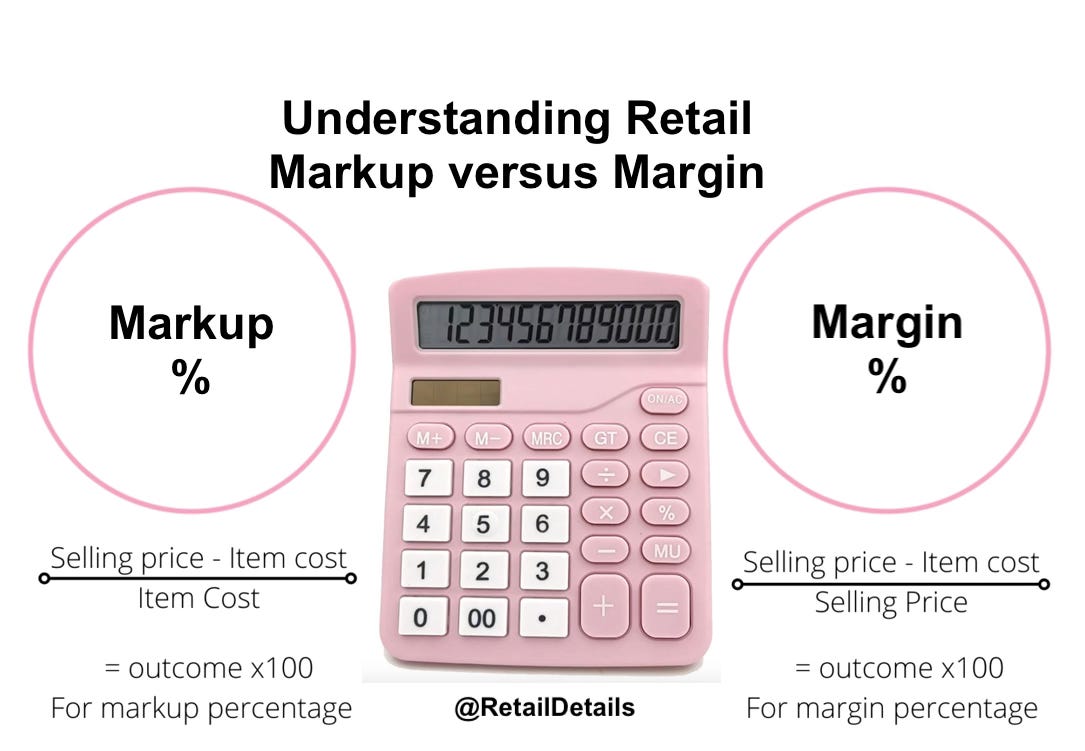We spend a lot of time talking about store displays, social media strategies, which shows to attend and customer service and those are all very important for running a successful retail store. But — and it’s a big BUT — sometimes I like to remind retailers that {unless you offer some sort of service} you truly have only one real source of revenue: the difference between what you pay for a product and the price that you charge customers for the product.
This newsletter post will help you understand the dynamic of Margin versus Markup and specific ways to increase both. Some of the content may be a review for many of you, but even the most experienced retailers can use inspiration now and then, right?
Let’s begin with a few definitions and a chart before exploring 20 profit-enhancing strategies.
Markup is the amount by which the cost of a product is increased in order to obtain the selling price. For example, a markup of $180 on a product that costs $220 would give a selling price of $400, which is an 82% markup.
Margin is the selling price of a product minus the cost of goods. For example, the margin for a product sold for $400 with a cost of $220 would be $180, which is a 45% margin.
Keystone pricing is a common pricing strategy used in some retail businesses. Keystone refers to a 50% markup, which is essentially the doubling of a wholesale cost to equal the retail price. However, many retailers are increasingly discovering that keystone pricing does not allow them to be profitable once they factor in costs that go beyond the wholesale price. (ie: freight costs, rent, utilities, payroll, credit card fees, bags, marketing expenses etc.)
Cost of Goods Sold (COGS) refers to the cost of the merchandise you sell to consumers.
In a nutshell, the most effective use of these strategies is when retailers accurately track their MARKUP, as it is used to determine a retail price and their MARGIN, as it is used to calculate profits on the item being sold. It all boils down to knowing your numbers. Profit margins vary widely based on the type of retail industry, so I won’t even attempt to tell you what yours should be, but I am happy to share ways to increase profits by identifying ways to enhance markups and margins. At the core of this lesson is that you need to stock more items with a larger markup and higher margin and less of the opposite.
Keep reading for 20 ideas, strategies and some very specific areas where you may find additional opportunities for increased profit margins, with examples…




